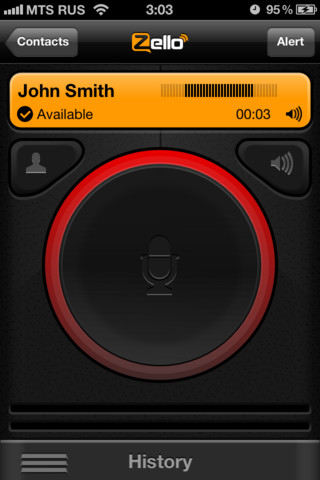We got out of the office a bit last week to attend the IT Expo in Austin, TX. One of my favorite things about the IT Expo is StartUp Camp. StartUp camp selects 4 early-stage companies to pitch their innovations to judges and an audience filled with industry leaders, media and investors.
It is often said that the journey of an entrepreneur can be lonely.
That may be true at times.
But that moment, when someone realizes that your dream fulfills their needs…
 The following companies were the finalists at the Austin session of StartUp Camp. Show them a little love and check them out:
The following companies were the finalists at the Austin session of StartUp Camp. Show them a little love and check them out:
VSnap – Have you ever sent an email to a prospect and when you received their response you realized “Wow. I was completely misunderstood”? You struggle to regain ground, but you feel the sale slipping away. VSnap helps you avoid miscommunications by allowing you to send a short video message in which you can clearly capture your tone, emotion, enthusiasm and authenticity. You can send VSnaps to individual email addresses, email groups or through your twitter feed.
Click here to see an example of a video message sent using VSnap.
For more on VSnap – click here
Phonism – As VoIP admins, the founders of Phonism wished there was a better way to provision and manage IP phones. They decided to take matters into their own hands and created a carrier grade Phone Management System that took the complexity out of provisioning. In addition to handling all your provisioning tasks with ease, they also give users the ability to customize their desk phones with backgrounds, ringtones, contacts and more.
 Click here to learn more about Phonism.
Click here to learn more about Phonism.
RingDNA – RingDNA is a voice communications company that wants to help your organization improve its sales, marketing and support performance. It allows you to use your iPad as a call center integrated with CRM, call-tracking and marketing analytics. It delivers real-time data, social media streams and behavior marketing insights when you need it most – while you are speaking with a potential customer trying to close the deal.
 Click here to learn more about RingDNA.
Click here to learn more about RingDNA.
Zello – works on iPhone, Android, BlackBerry and Windows devices to turn your phone into a Walkie Talkie. It is a social radio, much like voice twitter. It can be used to participate or listen in on public conversations, or stay connected with a group of friends. Businesses use Zello to replace 2-way radio or push-to-talk. You can also create a Zello “room” for your company’s customers to visit whenever they have questions.
 For more on Zello – click here
For more on Zello – click here
















